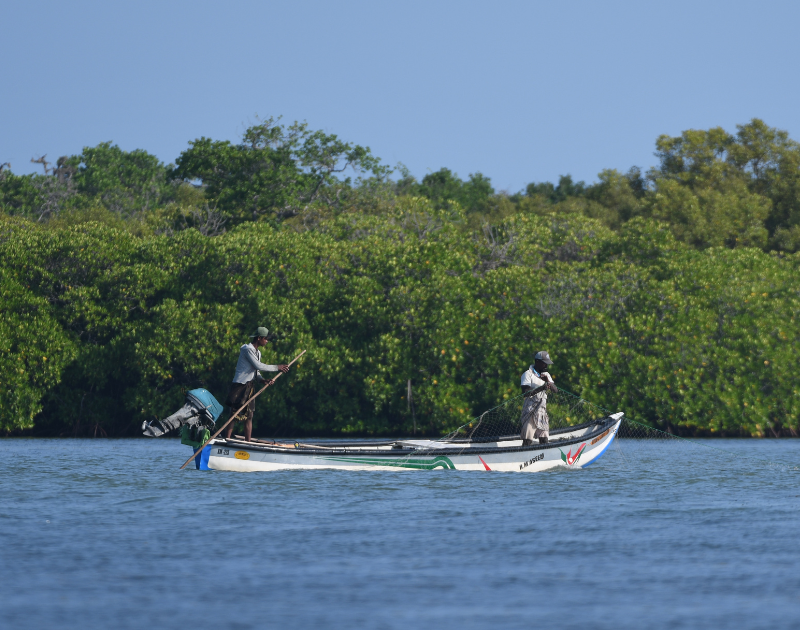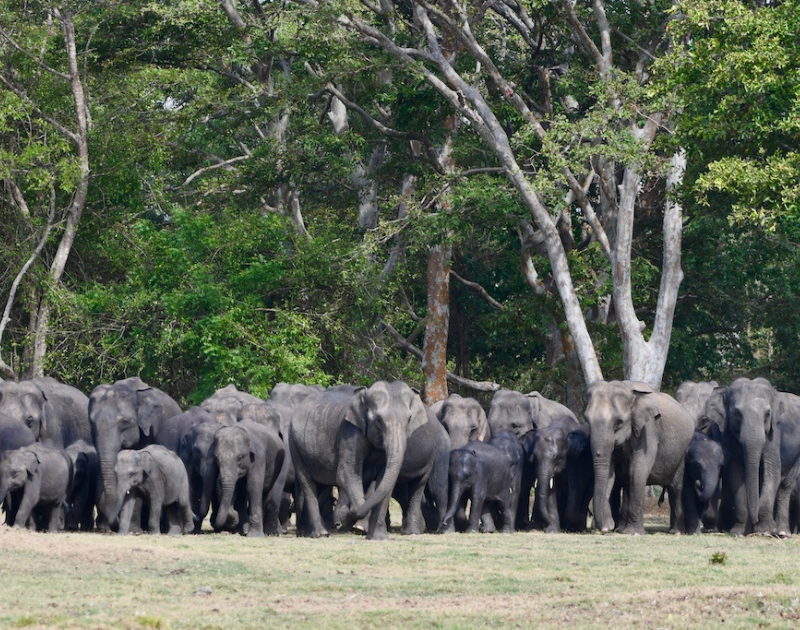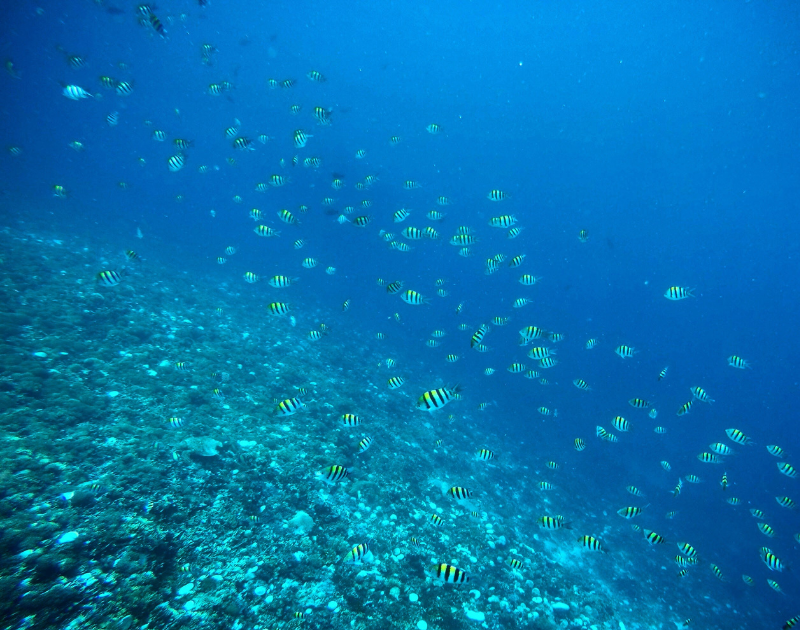MAY 28, 2025 | Nature, Climate and the Economy
Researching Blue Financing in the Indo-Pacific: A Scoping Study of South Asia
Marine and coastal ecosystems in South Asia—crucial for food security, livelihoods, and disaster resilience—face intensifying climate risks but receive limited adaptation finance. A new CSF report, ‘Researching Blue Financing the Indo-Pacific and Opportunities for Canada: Scoping Study of South Asia’ highlights the Bay of Bengal as a strategic entry point for Canada in South Asia, to support nature-based, climate-resilient development through a regional regenerative blue economy. The report was grant-funded by Canada’s Indo-Pacific Strategy (IPS) Commissioned Research component. The study finds that, unlike Southeast Asia’s well-coordinated mechanisms, South Asia lacks a unified ocean governance and financing framework. Sri Lanka, with its coastal assets and regional ties through Bay of Bengal Initiative for Multi-Sectoral Technical and Economic Cooperation (BIMSTEC) and Bay of Bengal Programme Inter-Governmental Organisation (BOBP-IGO), is well-placed to help lead this effort. Drawing lessons from the Association of Southeast Asian Nations (ASEAN)and Partnerships in Environmental Management for the Seas of East Asia (PEMSEA), the report outlines how Canada can advance its Indo-Pacific Strategy by supporting coordinated, finance-ready regional approaches.
Key takeaways
- While nature-based adaptation is a high-impact, lower-cost strategy, South Asia has no dedicated regional financing facility for marine or nature-based adaptation, in contrast to Southeast Asia;
- Canada’s international climate finance commitments offer a strategic opportunity to provide adaptation financing and technical assistance in South Asia;
- Sri Lanka, with its extensive coastline, biodiversity, and regional positioning, is well-placed to help shape a Bay of Bengal-wide marine adaptation agenda through BIMSTEC and BOBP-IGO;
- Regional ocean governance remains fragmented, with no operational sustainable blue economy strategy for the Bay of Bengal. Standalone projects are unlikely to draw significant financing without integration into a broader regenerative blue economy framework.
The recommendations build on lessons from South-east and East Asia, where integration between regional scientific and economic bodies—such as the Association of Southeast Asian Nations (ASEAN) and Partnerships in Environmental Management for the Seas of East Asia (PEMSEA)—has helped drive institutional coordination and finance innovation. The report identifies strategic opportunities for Canadian action under its Indo-Pacific Strategy and climate finance commitments, offering the following recommendations:
Recommendations
- Strengthen regional coordination through BIMSTEC, the Bay of Bengal Large Marine Ecosystem Programme (BOBLME), and its coordinating body, BOBP-IGO, to accelerate marine-based adaptation and pipeline development.
Consider supporting BIMSTEC to spearhead a regenerative blue economy strategy for the region, facilitate knowledge-sharing, align scientific and economic mandates, and help formalise a regionally coordinated financing approach.
- Explore design options for a Bay of Bengal Blue Finance Facility, modeled on the ASEAN (Association of Southeast Asian Nations) Catalytic Green Finance Facility (ACGF), or embedded within an existing Canadian facility such as GAIA. GAIA (Global Advisory and Investment Assistance) is a blended finance platform supported by Canada that aims to mobilize private capital toward climate-resilient, nature-positive investments in emerging markets. Consider a dedicated Bay of Bengal-focused mechanism that could pool early-stage investment, reduce transaction costs, and align with Canada’s climate, biodiversity, and gender finance priorities.
- Engage Canadian private sector actors by de-risking regenerative blue economy investments.
Seek avenues to draw on FinDev Canada and Global Affairs Canada supported financial and technical facilities to reduce investment risk and attract private capital into adaptation-aligned sectors like blue carbon, and ecosystem-based aquaculture. Blended finance and credit enhancement tools can help steer institutional investors toward nature-positive, climate-resilient opportunities in South Asia.
Click here to download and read the report in full.
Cover image courtesy Nishan Perera, Blue Resources Trust.
This report is funded by Canada’s Indo-Pacific Strategy (IPS) Commissioned Research component, this scoping study is for educational and informational purposes only and does not represent the opinions or views of Global Affairs Canada.



